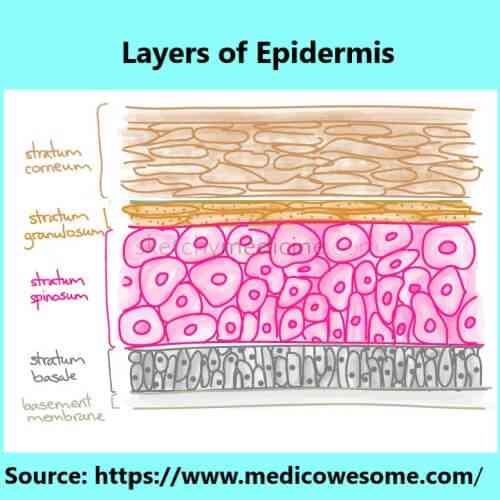I’m having a strange fortnight. At its core, it’s the crippling and debilitating weight of COVID-19, which is forcing me to acknowledge a few home truths.
First, some men, like leopards, can never change their spots. I empathise with their better halves, who have the unenviable task of cleaning their droppings (or to quote my niece, “poo-poo”).
Second, it is the realisation that the gap between the pricing of skincare products and underlying research is as wide as the Pacific ocean.
Skincare products as cosmetics
Skincare products are mostly cosmetics and do not go through the same rigorous scrutiny that drugs do before they come to the market. For example, most cosmetic products in the USA “volunteer” clinical data to the Food & Drugs Administration (the relevant regulatory body). It is, however, unthinkable that (e.g.) a new anti-body topical cream is not supported with clinical data. Similarly, if the anti-body topical cream claims to do XYZ, then you and I implicitly assume it will do XYZ because it is a regulated product.
In English, this means that the efficacy of some product is at best iffy.
Yes, I know, I am not filled with any degree of confidence at all.
The above leads to my current source of consternation: the skin barrier.
Soft and supple skin…
Corneocytes arranged in an organised structure, make the skin soft and supple. We should always be aiming for our skin structure to be this “soft and supple” endpoint because it means (e,g,) desquamation is normal, transepidermal water loss (TEWL) is normal. The arrangement is so tight that only molecules/ions with molecular weight less than 500 daltons can get through the SC.

It all started with those blasted Natural Moisturising Factors
In some shape or form, you have heard of NMFs in your skincare product. Glycerin and hyaluronic acid are probably the most well-known examples.
NMF are present in the corneocytes, which I have told you are present in the topmost layer of the skin, the stratum corneum.

Source: Cosmetic Dermatology by Leslie Baumann MD“NMF components are found exclusively in the stratum corneum and are located in high concentrations within the corneocytes. The NMF consists primarily of amino acids (~40%) and their derivatives, including pyrrolidone carboxylic acid (PCA, ~12%), lactate (~12%), urea (~7%), and inorganic salts (~18%). ” (Source: Weber et al)
The corneocytes
Are in essence “dead cells” that are protein-rich, house the NMF and are surrounded by a protein envelope. These NMFs are hygroscopic and act as an osmotic agent and draw water into the corneocytes (from environment and lower levels) to ensure that the appropriate level of water remains in the corneocytes. Water is essential for the operation of protease enzymes that facilitate desquamation.. The NMF come from (initially) insoluble protein called FILAGGRIN. Filaggrin is formed at the border of the Stratum Corneum / Stratum Granulosom and not before: if it did, then it would wreak havoc on lower layers of the skin.

Another feature of the dead corneocytes is that they are the end product of “keratinisation” a process by which living cells move up through the epidermis and are then ready to be sloughed off.
By the time the cells reach the visible layer, they have no nucleus or other organelles. That is, there is minimal scope for different chemical reactions in the corneocytes.
My quandary
I reached the point in my research when I realised 2 things: first, the corneocytes were dead but liked water. Second, the NMF sat in the corneocytes. Third, it was challenging to get anything into the corneocytes, when a robust cornified envelope surrounded it.
What am I buying?
So all these products, (e.g. hyaluronic acid, amino acids) that I currently pay an arm and a leg for can’t get into the one place they needed to be in: the corneocytes.
I don’t’ understand!! What’s maybe happening is that the NMF (with the water they attract) are sitting in the lamellar lipid matrix?

If that were the case, which I suspect it is, it still means two things (i) the NMFs are not getting into the corneocytes (where they need to be) and they are not getting into the dermis (the layer below the dermis).
Are you confused yet?
I managed to thoroughly confuse myself because this is not the whole picture…stay tuned.
Source:
Weber et al, “Treatment of Xerosis with a TopicalFormulation Containing Glyceryl Glucoside,Natural Moisturizing Factors, and Ceramide, J Clin Aesthet Dermatol.2012;5(8):29–39
Maeno, K. Direct Quantification of Natural Moisturizing Factors in Stratum Corneum using Direct Analysis in Real Time Mass Spectrometry with Inkjet-Printing Technique. Sci Rep 9, 17789 (2019)
